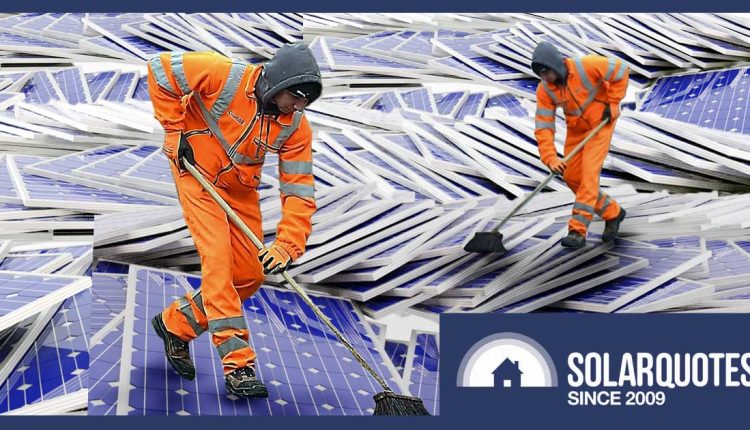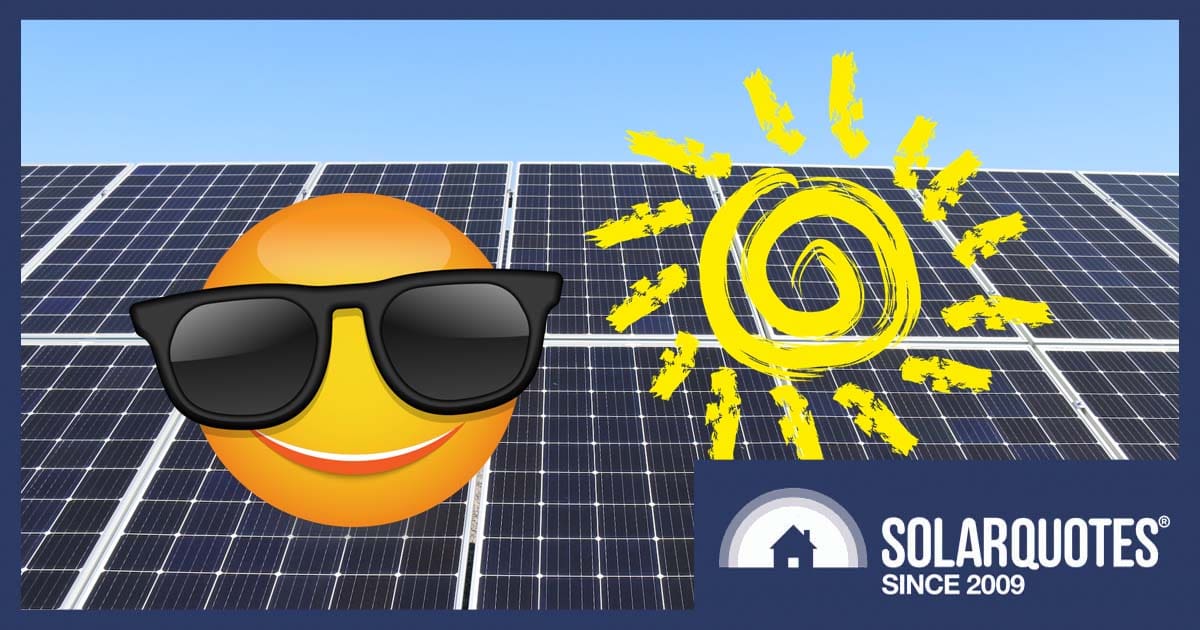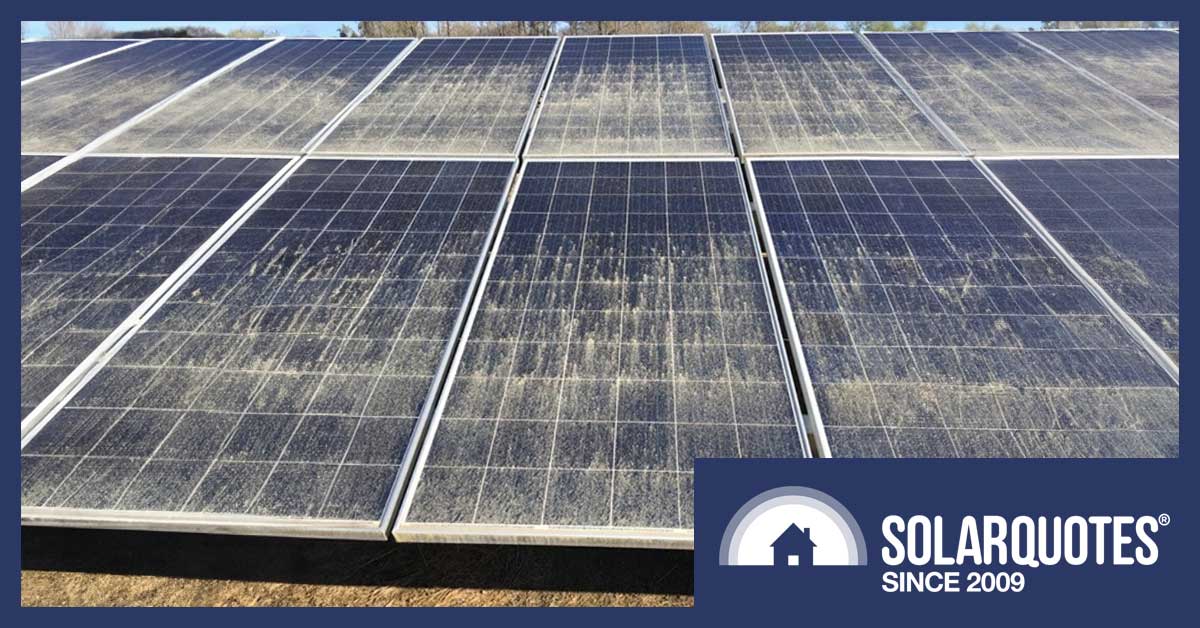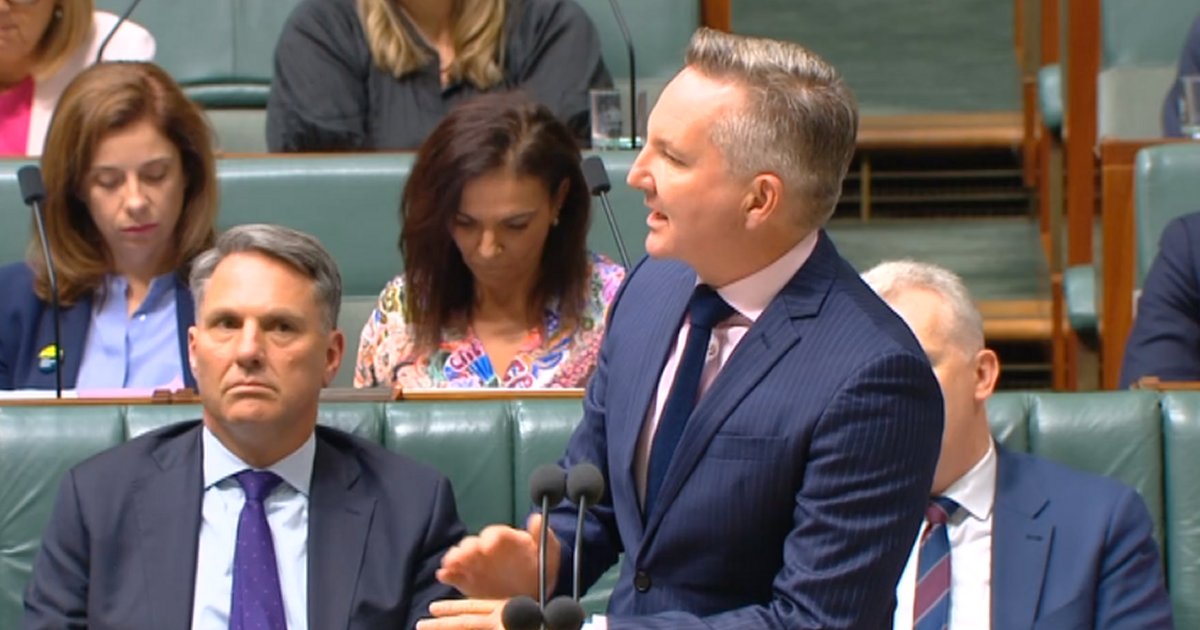The Problem With Solar Panel Recycling In Australia
Australia’s solar panel recycling problem is huge. With no clear rules from government bodies, we’re left with a big mess and many questions. This two-part series will dig into this issue to clarify the confusion and find some answers.
In this post, I’ll measure the size of the problem, bust some myths, and point out the main roadblocks. Part Two will discuss potential solutions, highlighting the brave people and businesses tackling these challenges.
Let’s dive in.
Show Me The Money
There’s a famous quote by American author Hunter S. Thompson about the TV business, which has been misquoted and twisted to suit whichever industry anyone chooses. To see also : array. Here’s my take on it:
“The solar business is a cruel and shallow money trench, a long plastic hallway where thieves and pimps run free, and good men die like dogs.”
This may seem a bit overstated, but it encapsulates the core issue: despite no longer being a fledgling industry, the solar sector has yet to find an effective method for disposing of expired solar panels.
And that reason can be summed up in four words – It doesn’t make money.
Nor does flushing the toilet, but we still have to do it.
Houston, Do We Have A Problem?
A recent report published by CPVA (Circular PV Alliance) and The University of Queensland has indicated, in not so many words, that a giant tsunami is coming and will need to be cleaned up at some point. On the same subject : CAN MY AIRCON OPERATE SOLAR?.
“The sheer number of PV panels that are likely to be needed to achieve this (Australia’s 2050 Net Zero emissions) target is massive. According to some scenarios, an additional 1,900 GW of solar [capacity] is required. If we assume 700W might be the average panel size in the future, that equates to over 2,700,000,000 PV panels needing to be manufactured and installed to achieve an additional 1,900 GW of solar [capacity]”
Back up. Let’s put that into perspective.
My calculation starts with CPVA’s predicted requirement of 1,900 GW of solar panel capacity. I think it’s way too high, but let’s run with it. This is divided by the power output of a single 700 Watt solar panel, resulting in 2,714,285,714 panels. These panels are then divided among the population of Australia (27 million people), which results in 100 panels per person. Over a pessimistic 20-year solar panel lifespan, this equates to 5 panels per person per year. Given that each panel weighs 35kg, this results in 175kg of potential solar panel waste per person per year.
For comparison – according to figures published by the ABS, Australia generated 76 million tonnes of waste in the financial year 2018/19, or 2.8 tonnes (2,800 kg) per person annually. In addition, our greenhouse gas emissions1 were 18.5 tonnes (18,500 kg) per person of CO2 equivalent.
2,800 kg of actual waste per person annually, and 18,500 kg CO2 equivalent emissions per person annually.
So, 175 kg of potential solar panel waste compared to 21,300 kg of actual real-world measured waste per person per year in Australia right now.
Tsunami? More like a ripple.
That’s not to say minimizing the waste stream from renewables isn’t important. It’s very important, but let’s keep everything in perspective.
Talking about perspective, my back-of-a-napkin figure of 175 kg is wildly out of step with other previous estimates from credible sources. For example, Macquarie University reported that in 2018, the potential PV waste flow generated between 2031 and 2047 in Australia is predicted to reach around 1 million tonnes. That’s 2.3 kg per person per year (1,000,000,000 kg/ 16 years/ 27,000,000 people.)
A more recent, peer-reviewed report by the School of Photovoltaic and Renewable Energy Engineering UNSW concluded that the volume of annual PV waste in Australia will reach 20 kilotonnes by 2031. That equates to 0.74 kg per person annually (20,000,000 kg/ 27 million people.)
That tsunami is shrinking exponentially by the minute. We’re down to a trickle.
Annual kilograms of waste per person in Australia. (1) 0.74 kg annual potential PV waste by 2031 – School of Photovoltaic and Renewable Energy Engineering UNSW, (2) 2.3 kg annual potential PV waste between 2031 and 2047 – Macquarie University, (3) 175 kg annual potential waste from PV panels needed to meet 2050 net zero targets – CPVA/ Qld University, (4) 2,800 kg annual actual measured waste in 2018/2019 – ABS, (5) 18,500 kg annual actual measured greenhouse gas emissions 2020 – National Greenhouse Gas Inventory
As you CAN’T see in the graph above, the projected PV waste is completely dwarfed by actual measured existing waste Australians produce.
Appropriate disposal for end-of-life solar panels is important, but to suggest we will be surrounded by wastelands with mountains of used solar panels is a wild exaggeration.
Are solar panels an eco-disaster waiting to happen? https://t.co/9xDS9WoAdz
— BBC News (World) (@BBCWorld) June 4, 2023
Let’s not lose sight of the big picture – the tsunami is our emissions, not used solar panels, even though they are inextricably linked.
Time to bust some more myths.
The Human Health Hazard Myth
How does waste from solar panels differ from the gigantic waste streams generated by our consumer-driven lifestyles? Do all those nasty chemicals and heavy metals somehow leach out of the encapsulated module and into our beds at night? This may interest you : Causes to Rent a Skilled Solar Installer.
A report published in August 2020 by The International Energy Agency found no significant human health hazards for land-fill waste disposal of PV modules.
“Cancer risks and non-cancer hazards for Pb from c-Si PV, Cd from CdTe PV, and Se from CIS are at least an order of magnitude below U.S. regulatory thresholds of 1×10-6 cancer risk and non-cancer hazard quotient of 1.”
Translation: The cancer risks and non-cancer hazards associated with lead, cadmium, and selenium in PV panels are at least ten times lower than the U.S. safety thresholds. This indicates that the level of risk posed by these substances in the panels is very low and falls well within the acceptable safety limits established by the U.S. government.
It goes on to say:
“It is also important to note that examination of potential health risks from disposal of PV modules in landfills does not endorse this EOL (end-of-life) management option. Indeed, recycling end-of-life PV modules would further mitigate environmental concerns, as found in several recent life cycle assessments.”
How Green is Green?
SQ blogger Ronald Brakels committed heresy when he investigated solar panel recycling and concluded that, at the time of writing, tossing old solar panels into landfill is greener than recycling them. But wait! Before we burn him at the stake – he backs up his words with solid research and also goes on to say:
“I’m not saying we should never consider recycling solar panels… I’ll accept a requirement that all solar panels have to be recycled, provided the coal power industry is held to the same standard. No more ash dams, ash pits, and ash hills.”
Ronald also famously coined the word “miscycling” in his article. Is it time to rethink the mantra “reduce, reuse, recycle”?
The Ronald Brakels Theory – Reduce, Reuse, Miscycle
What Does The Law Say?
Absurd as it sounds, currently, the Australian government does not have specific federal laws or regulations that solely pertain to the disposal of solar panels at the end of their life. I’ll say that again – There are no specific national laws, standards or regulations in Australia that specifically address the end-of-life management of solar panels.
Each state and territory in Australia has its own waste management and recycling legislation that govern the disposal of various types of waste. Furthermore, local councils/ municipalities have their own regulations and guidelines for waste management and recycling within their jurisdictions.
In Victoria, PV system waste is considered e-waste and has been banned from landfill since July 2019. This may sound like good news, but in the same breath, they handball the problem to their 79 local councils, each with its own set of rules. Australia has 537 local councils, so I assume 537 different sets of rules for solar panel disposal across the country.
E-waste standard for solar missing in action
The unfortunate staff at the various waste facilities nationwide don’t have a guidebook. They’re making it up as they go along. The Australian standard for the management of electrical and electronic equipment for reuse or recycling AS5377 doesn’t even mention the words “photovoltaic”, “solar” or “PV”.
AS5377:2022 Australian standard for management of electrical and electronic equipment for reuse or recycling – Solar is missing in action. This standard is as useful as tits on a bull.
Waste management companies are currently giving out e-waste certificates for taking end-of-life solar panels as a box-ticking exercise. It’s not their fault because their hands are tied. Considering no one has written the book yet that addresses solar panel disposal, it’s a mystery to me what happens to them.
If you want to find out what happens to your old solar panels after you send them off for burial, I suggest a phone call to your local waste authority. However, don’t hold your breath for a qualified answer. “They get recycled” doesn’t cut it, and if you dig deep enough, you’ll get the same (non) answers as me.
Eco-Warriors To The Rescue
Despite my demonstrated pessimism, I’m happy to report there are some eco-warriors and tech entrepreneurs with a slightly more optimistic view in this space. These people battle against the naysayers daily in their endeavor to find answers to our great big problems.
Megan Jones is one of the co-founders of CPVA (Circular PV Alliance). CPVA was formed to provide a coordinated effort to prevent the needless disposal of used solar panels into landfill at waste management sites in Australia. She’s on a mission to remove roadblocks and recently spoke at the Smart Energy Conference in Sydney. Here she talks about the barriers to reusing and recycling solar panels.
Identifying barriers
“We identified barriers to reuse and recycling, which represented broadly in four categories around policy, consumers, industry, and legal considerations. So it’s important to look at what’s causing solar panels to be discarded in the first place. And this is broken down into six key reasons.”
Incentives – the good and the bad
“Incentives that were used to drive the uptake of rooftop solar in Australia at the beginning were very effective. Incentives are also concurrently causing this drive increase in solar waste that we’re seeing.”
The RECs paradox
“The Renewable Energy Certificate scheme. I mean, it was brilliant. But it’s also concurrently driving a consumption-based market and causing the removal of functional solar panels earlier in their lifespan. The REC scheme incentivizes the consumption of new panels, and actually at the same time discourages the reuse of panels. But this landscape will change in the 2030s once the deeming period ends.”
Low-quality products
“The failure rate of low-quality products off the back of the renewable Energy tickets and the solar boom we had, we had some low-quality product that made its way into Australia.”
Warranty woes
“Warranty and insurance claims tend to replace the whole system if there’s only one panel that might not be working. Performance limitations between different PV panels, unless you’re using optimizers, can only perform as well as the lowest output panel, which means that the whole system is generally replaced.”
The list goes on
“Consumers have concerns about the safety and performance of new panels. From an industry perspective, there’s manufacturer hesitation for reuse in general, and the logistics of collecting panels for recycling and reuse is problematic.”
Reclaimed PV Panels Market Assessment Industry Report published in April by CPVA. Image CPVA
Megan was involved in the aforementioned “Reclaimed PV Panels Market Assessment Industry Report” published in April by CPVA (Circular PV Alliance) and The University of Queensland. The report not only identifies the above barriers (and more), but goes on to address them. I encourage you to read it. There are only 34 pages, including pretty pictures.
Where To Now?
So, we’ve heard about tsunamis, myths, miscycling, barriers, policies, and reports. The conundrum of the REC scheme and other barriers seem to provide more questions than answers. Where to now? Part Two of course! Australia’s end-of-life solar panel disposal system is broken, so let’s fix it! Stay tuned…
Footnotes
- The Australian Government tracks the nation’s greenhouse gas emissions through the National Greenhouse Gas Inventory. According to the December 2020 update, Australia emitted 499 million tonnes of carbon dioxide equivalent. ↩






Comments are closed.